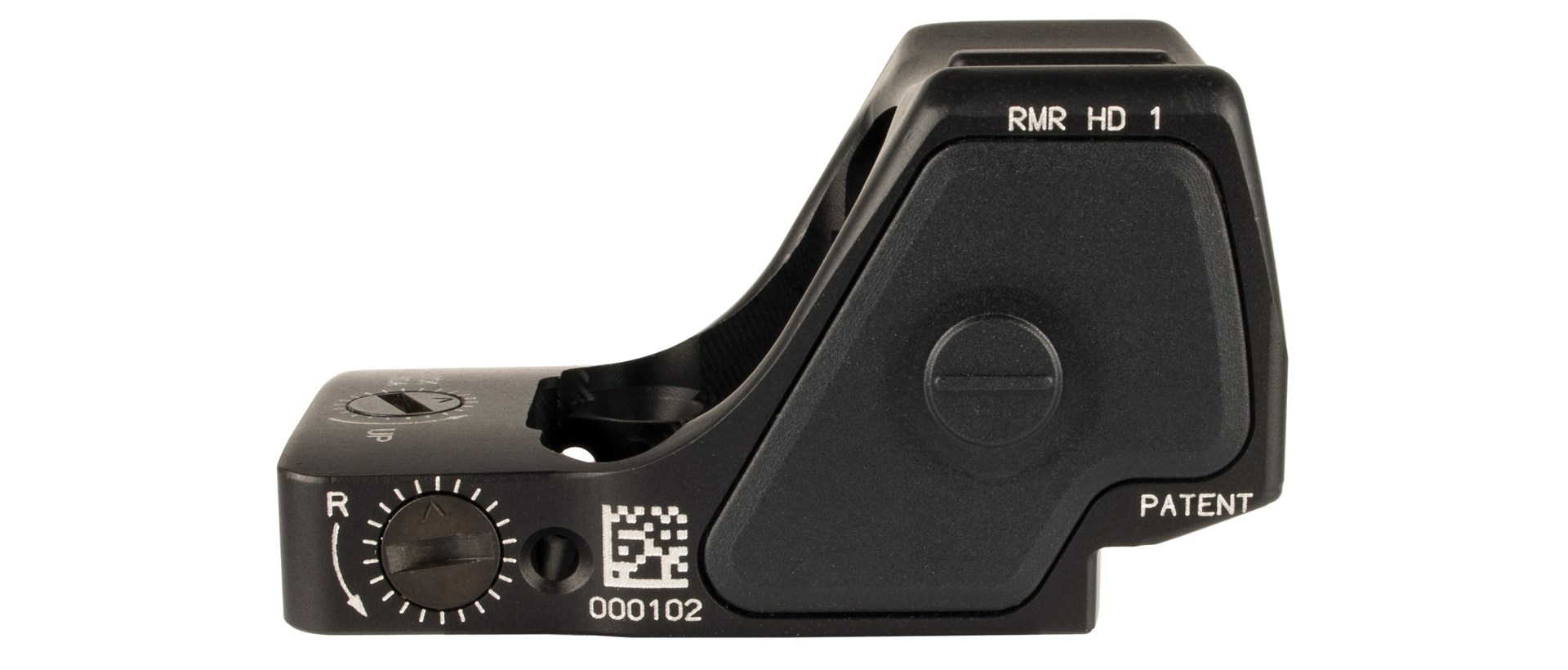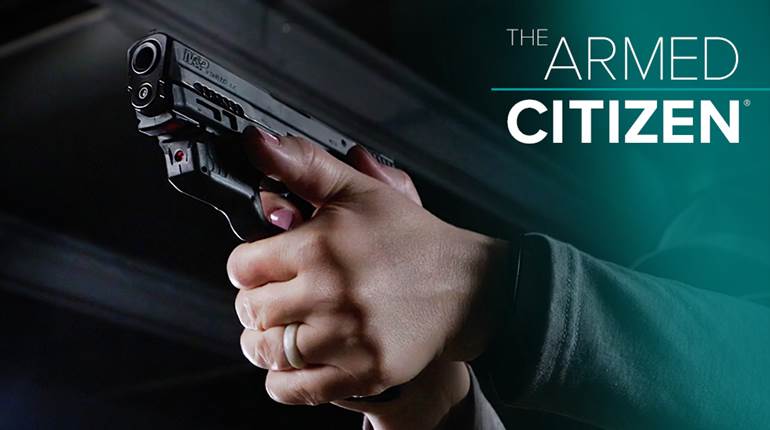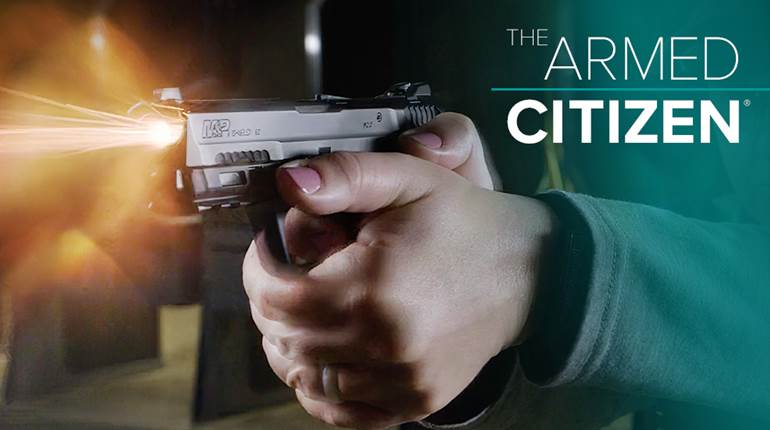
For the past several years, the firearm industry has been in the midst of a craze for optics-ready pistols and the micro red-dots (MRDs) that they use—a trend that shows no sign of ebbing any time soon. Thanks to its reputation for quality and reliability, Trijicon’s Ruggedized Miniature Reflex (RMR) is unquestionably one of the optics most responsible for this current wave of interest, and new for 2023, the company is bolstering its already solid MRD lineup with a pair of new models.
The first, the RMR HD, is a feature-packed evolution of the RMR Type 2 that blends the RMR’s battle-tested ruggedness with the advanced functionality and more generous field of view of Trijicon’s Specialized Reflex Optic (SRO). The second has been dubbed the Ruggedized Closed Reflex, or RCR, an on-trend addition of an enclosed-emitter optic to the family that makes use of a simple but ingenious mounting solution that solves the installation issues that plague most sealed MRDs.
While different in many respects, Trijicon’s two newest optics nonetheless share a lot of common DNA. Both are unmagnified (1X), LED-illuminated MRDs that wisely employ the original RMR footprint for mounting to a pistol slide. For the enclosed RCR in particular, such simple compatibility with one of the most popular mounting footprints in the industry, without the need for additional plates, is a big deal. The HD and RCR also have identical deck heights to the Type 2, so not only can existing RMR owners directly swap out their old optic for one of the new ones, but all raised/suppressor-height irons compatible with the Type 2s will also work with the new models.
![]()
Built with Trijicon’s characteristic ruggedness, both MRDs are assembled within a 7075-T6 aluminum housing. The RMR’s distinctive, concave top surface was developed to harmlessly shunt impact forces away from the optic’s internal circuitry, and the HD and RCR each take advantage of this design. A feature first appearing on the SRO, both new Trijicons employ a top-loading battery compartment that doesn’t require that the optic be unmounted from the pistol in order to replace its single CR2032 cell. Trijicon has also put special emphasis on incorporating improved brightness controls and windage/elevation adjustments into both of the new models.
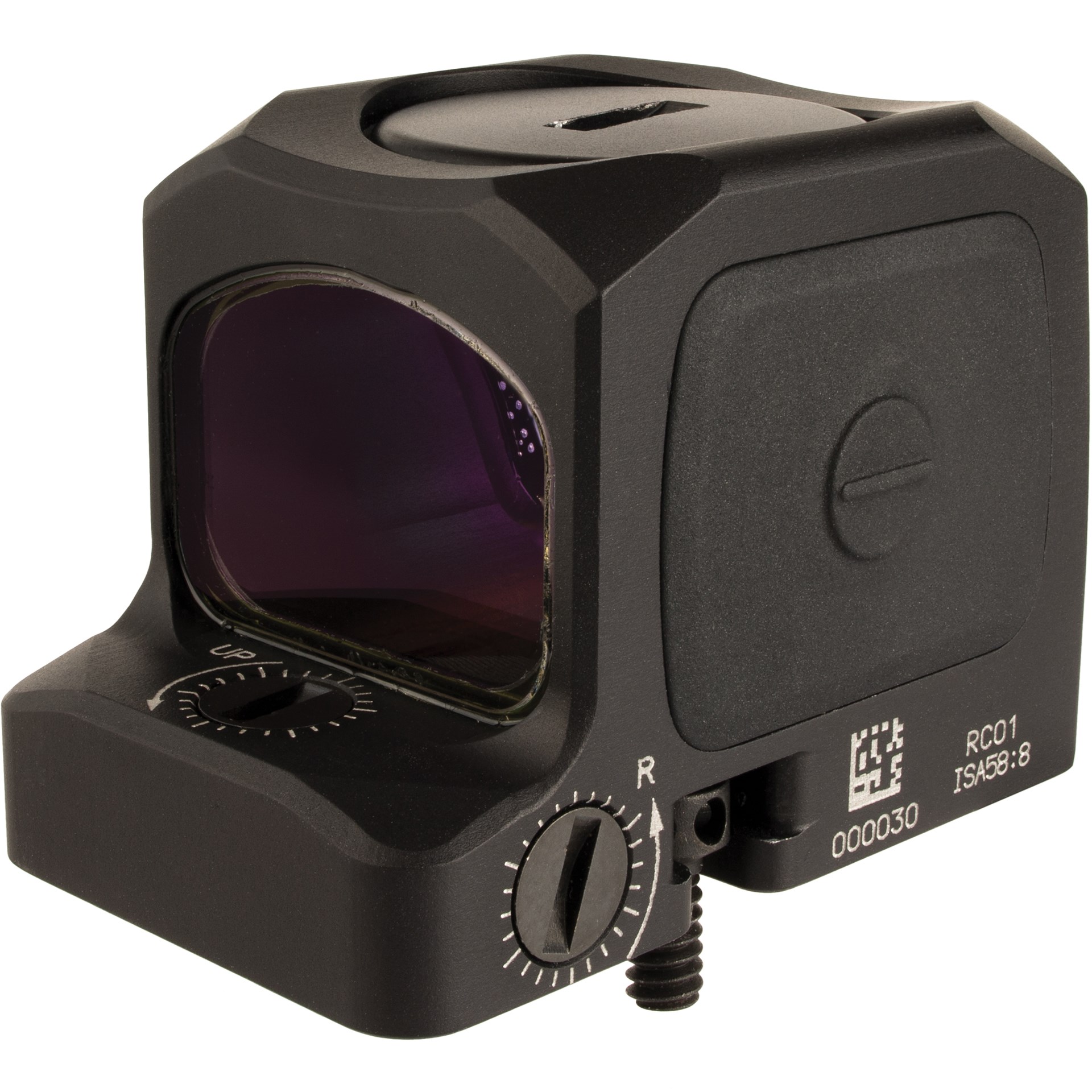
Standing 2.13” long, 1.25” tall and 1.25” wide, with a raised lens that extends forward of the unit’s deck, the new RMR HD both looks and acts like a merging of the Type 2 RMR with the SRO. While its 0.9”x0.67” viewing pane is actually no larger than the original RMR’s, it appears to the eye to be substantially more view-filling, as positioning the HD’s lens a fraction of an inch higher makes more of it useable to the shooter, since the bottom quarter of the original RMR’s lens is hidden behind its housing.
![]()
In company parlance, “HD” denotes that an optic employs a more complex reticle that includes a 55-m.o.a. segmented circle surrounding the center aiming dot. Two versions of the RMR HD are being offered at launch: one has a fine 1-m.o.a. aiming point and the other has a larger 3.25-m.o.a. dot. On both variants the relative brightness of the segmented circle to the center dot can be adjusted, or the circle can be disabled entirely. Trijicon has also molded an indexing ridge into the top surface of the HD’s housing, allowing point shooting (in those extreme close-quarters engagements where taking the time to locate your dot isn’t an option) to be much more accurate.
![]()
The HD’s brightness setting can be manually controlled or it can be set on automatic, with a forward-facing light sensor regulating the optimal brightness for the lighting conditions at the target. In manual-brightness mode there are a total of nine levels, three of which are compatible with night-vision devices and one that Trijicon calls “Super Bright.” With the right combination of button presses, among other things, the MRD’s brightness settings can be toggled between automatic and manual control, its brightness can be locked at one setting or its factory default settings can be restored, and the HD will remember its settings even with the battery removed.
![]()
Trijicon’s new enclosed-emitter optic, the RCR stands 1.75”x1.25”x1.13”—basically the same length and width of the Type 2, but about 0.2” taller. The screen’s size and shape are essentially identical to that of the Type 2, but, again, by elevating it slightly Trijicon has brought a considerable bit more of it into view. With an installed battery it weighs just 1.9 ozs.—making the RCR one of the lightest enclosed MRDs on the market. Only one version is offered at launch; it employs a simple 3.25-m.o.a. dot as its reticle, with 10 manually controlled brightness settings (three of which are night-vision compatible).
![]()
By fully securing the LED within the unit’s housing, its design eliminates the possibility of debris or moisture accumulating in the emitter window, making it especially appealing for use in desert and particularly rainy/snowy environments. Befitting its sealed construction, the RCR has been purged of air and filled with inert argon gas to prevent fogging from temperature changes, and the optic is waterproof down to 66 feet.
![]()
But the RCR’s patented mounting system is the real story here. A conventional MRD with an exposed emitter is affixed to its host by a pair of screws that thread through holes in the optic to adhere it to the pistol’s slide—but the enclosed housings of models like the ACRO preclude such simple mounting, forcing these designs to rely on intermediate, model-specific plates. Trijicon’s engineers have devised an uncomplicated but highly effective installation method that instead employs a pair of capstan screws to hold the RCR in place atop a standard RMR-footprint mount. Using a provided hex key, which is inserted into the side of the capstan screws’ heads rather than their faces, the screws are slowly tightened via slots in the sides of the RCR.
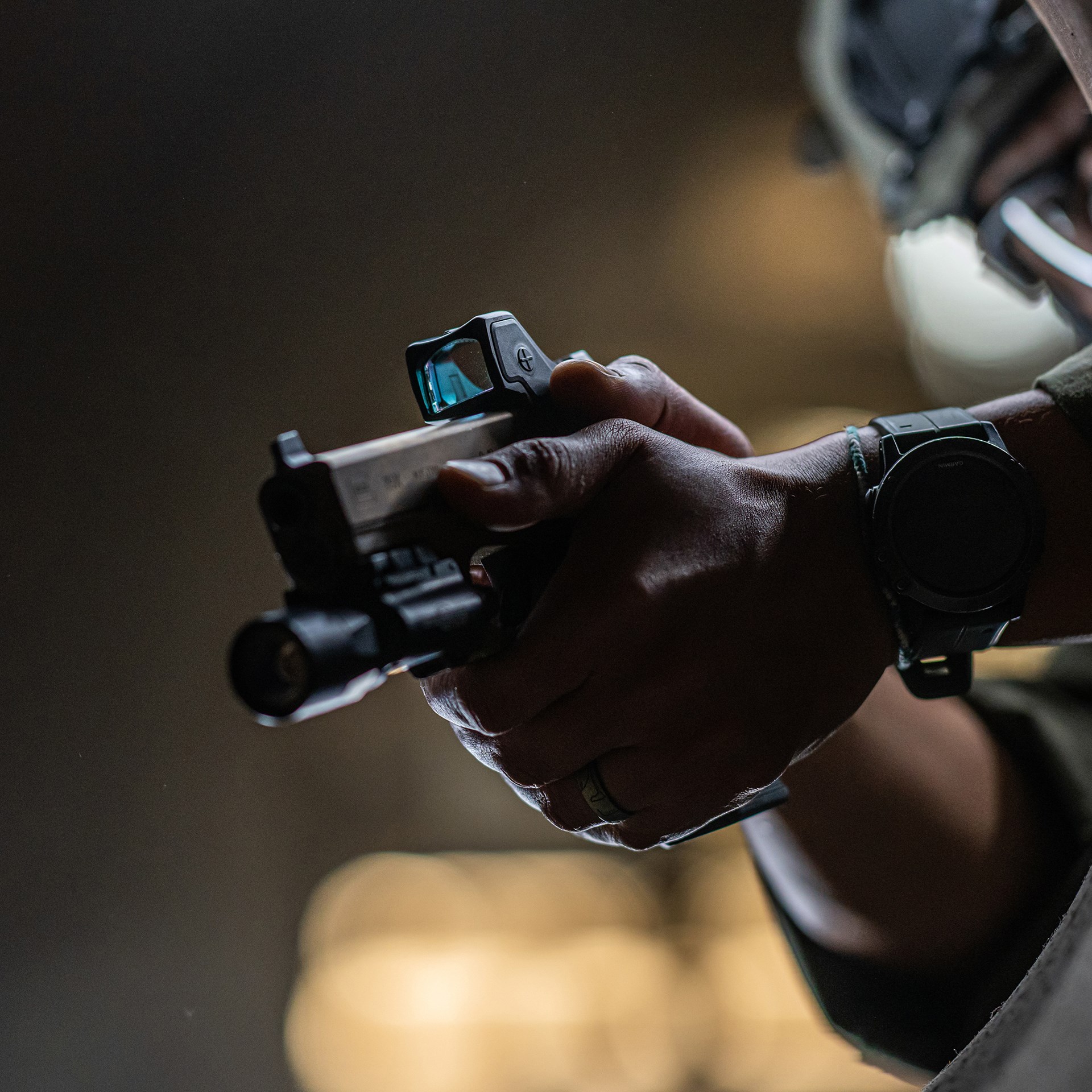
Both of the new Trijicon red-dots have an MSRP of $849, and are being manufactured in the U.S. by an American workforce. While they represent the next generation of Trijicon MRDs, the new models are not replacing the Type 2 in the company catalog, so fans of the original will continue to have that option. Stay tuned for more in-depth coverage of both the RMR HD and the RCR in a future edition of American Rifleman magazine.
For more information, visit trijicon.com.
